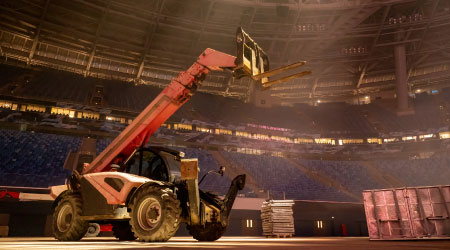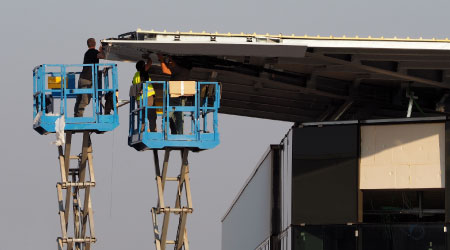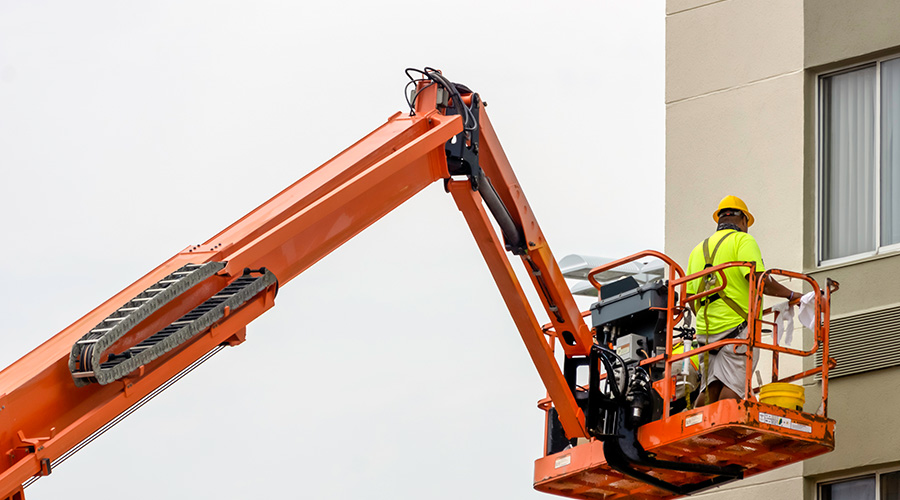Standards for Handling MRO Storeroom Parts
Managers should consider three steps when sorting tools, spare parts, and other equipment for their MRO storerooms:
Consolidate. Technicians should consolidate parts after wiping them clean. Sort and store identical parts together, no matter who manufactures them. This step in the process minimizes on-hand stock, reduces the inventory dollar value, reduces the number and frequency of purchases, provides data on substitute parts, makes the setup of minimum and reorder quantities more accurate, makes additional storage fixture space available, increases parts-storage density, and reuses the existing storage fixtures if they are functional and in good repair.
Organize. Technicians also should organize and store parts generically by type, meaning all bearings, cylinders, circuit boards, drive belts, and so on, go in one place. Once parts are in their storage fixtures, sort them by size.
Technicians should organize machine or system-specific parts together. Consolidate and organize general consumables, safety items, small tools, and office supplies. The latter two should be stored in lockable cabinets.
Organizing the parts following these guidelines has built-in benefits. It eliminates the need for costly storeroom remodeling or new construction, maximizes the effective use of existing space through efficient design and setup, sorts parts generically and specifically by equipment use, results in shorter equipment downtime, assists with accurate physical inventories and cycle counts, eliminates overstock, out-of-stock, or is-it-stocked problems, frees up storage fixtures and storage areas for other uses, enhances part and tool security, and reduces storeroom traffic.
Automate. The maintenance department should have an operational and functional CMMS, most of which have a bar-code inventory module capable of handling and processing maintenance-related MRO-parts tracking functions. Managers must ensure workers populate, complete, and keep the module up-to-date.
Technicians should conduct a comprehensive, hands-on physical inventory after marking locations. The inventory should include the part number, a noun-first description, and other descriptive elements, such as part type, location, quantity on hand, vendor and cost information, and special notes.
Once part information is completed and entered into the CMMS, technicians should produce and apply inventory bar-code labels.
Bar-coding technology makes part and tool checkout easier, quicker and more accurate. It allows technicians to conduct physical inventories and cycle counts more efficiently and accurately and enables the storeroom clerk to manage
stores effectively.
Related Topics:














